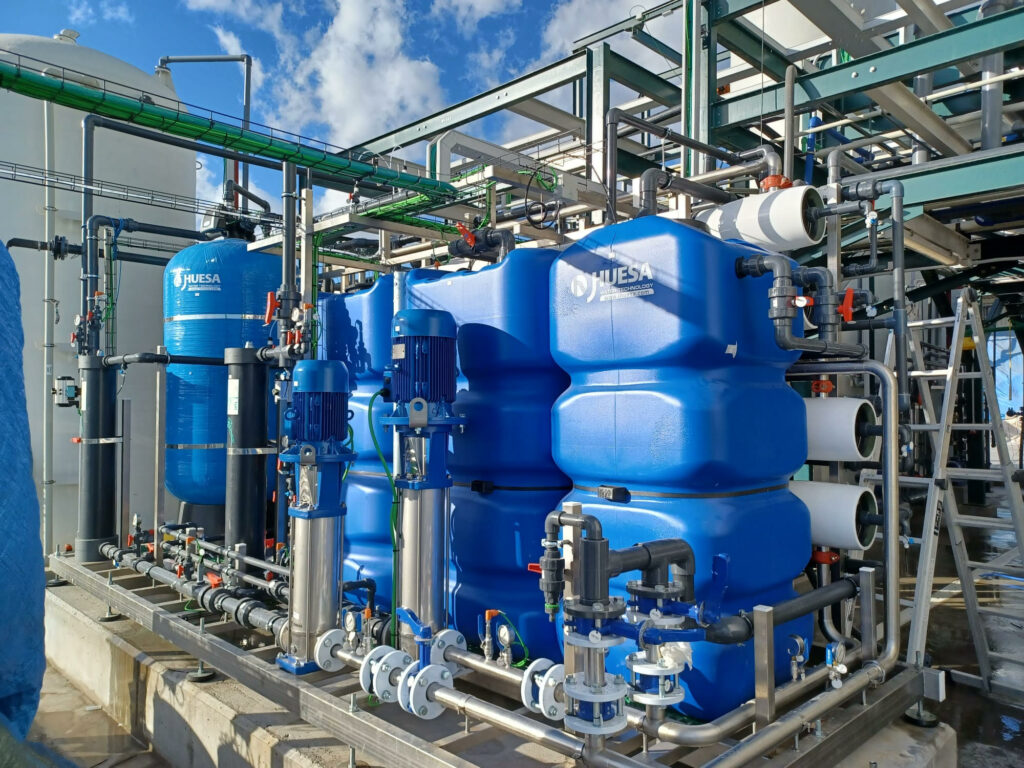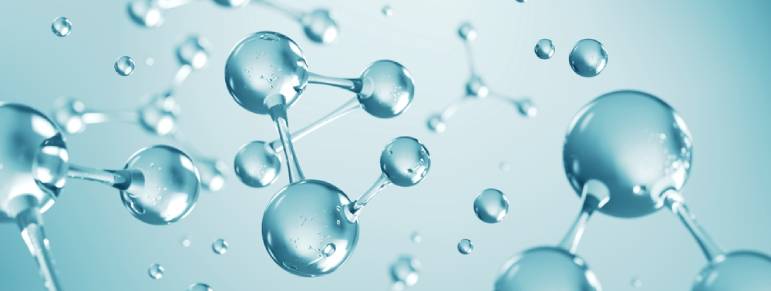In many parts of the world, access to safe drinking water is an endemic problem, especially in the rural areas of Africa where drought is widespread, water resources are difficult to access, are often contaminated, or where there is an insufficient infrastructure in place. On top of this, climate change is affecting access to safe drinking water, so although whilst we are making significant progress in water management, cost-effective and efficient solutions are really needed to provide safe drinking water to so many communities.
One possible solution is reverse osmosis, one of the most widespread methods of removing contaminants to make water safe for human consumption. Let’s take a look at exactly how this process works and what advantages it has, using a practical example from one of our electrolysis plants.
The osmosis process for drinking water purification
This method of purification is based on the principle of osmosis, but operates in reverse, by applying pressure to contaminated water to force it through a semi-permeable membrane that traps impurities. The process involves several steps:
- Pre-treatment: Before water is put through the reverse osmosis process, pre-treatment is needed to remove suspended solids, sediment and other particles that could clog or damage the semi-permeable membrane. This is achieved by pre-filtering the water.
- Pressurisation: Once the water has been pre-treated, it is pumped at high pressure into the reverse osmosis system. The pressure applied is key to overcoming the natural osmotic pressure and to force the water through the semi-permeable membrane.
- Separation of contaminants: The semi-permeable membrane used in the reverse osmosis process has extremely small pores that allow water to pass through, while trapping most of the impurities and contaminants present in the water, such as salts, heavy metals, microorganisms, and chemicals.
- Production of purified water: As a result of the reverse osmosis process, purified water is obtained on one side of the membrane, while the trapped contaminants accumulate on the other side, forming what is known as the concentrate or reject. This purified water is safe for human consumption and may require post-treatment to adjust its pH and mineralization according to the specific needs.
Advantages of reverse osmosis water purification
Reverse osmosis is a highly efficient method of making water drinkable. What are the advantages?
- It removes a wide range of contaminants from water, including salts, heavy metals, organic chemicals, microorganisms, and suspended particles.
- It is a versatile process that can be tailored to a variety of water sources, including well water, river water, groundwater, and brackish water. This makes it well suited for use in a variety of contexts, from municipal water supply to commercial and industrial applications.
- Although the reverse osmosis process requires energy for the pressurization of the water, new technologies have significantly improved the energy efficiency of this process.
- Long-term operating and maintenance costs are generally lower compared with other water purification methods. This is due to the outstanding durability of reverse osmosis membranes and the reduced need for additional water treatment chemicals.
- Reverse osmosis produces a high quality of water that meets the strictest drinking water standards.
- Compared to other water purification methods, reverse osmosis generates less waste, as contaminants are trapped on the rejection side of the membrane.
Case study: Our electrolysis plants

In our electrolysis plants, we use reverse osmosis as the main system for producing demineralized water. This water is used in multiple processes throughout the plant where water with a low ionic charge, i.e. below 10 micro-Siemens/cm, is needed.
Osmosis is now being used as an alternative to the current chemical treatment methods that use anionic and cationic resins, due to the advantages mentioned previously. For example, in Welysis Tenerife two trains of resins are used, and in Las Palmas we have installed one module with two reverse osmosis stations.
Why this change? Welysis considers osmosis to be fundamentally more ecological and more economical over the long term, which is why the company is firmly committed to integrating it into all the plants we develop.
In summary, reverse osmosis is widely used in drinking water treatment plants, as well as in commercial and industrial applications where high purity water is required. It offers an efficient and cost-effective solution for the removal of a wide range of contaminants, thus helping to ensure a safe and reliable drinking water supply for the population.





